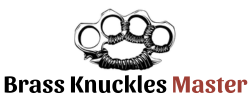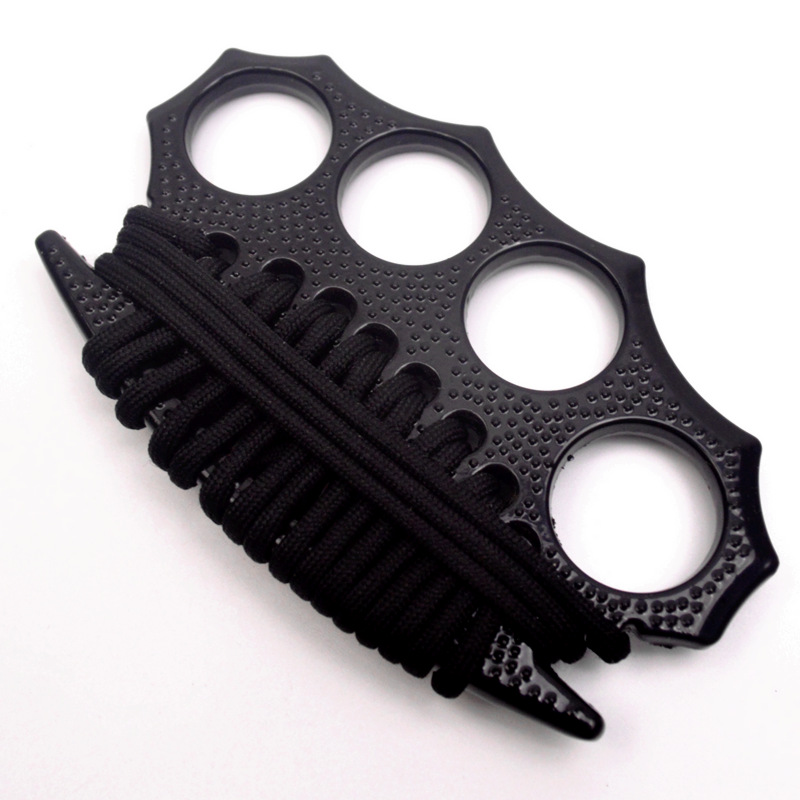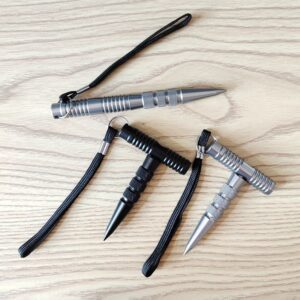How to Spot Fake vs. Real Brass Knuckles (Buyer’s Guide)
Section 1: Understanding Materials and Weight
Brass knuckles, also known as knuckle dusters, are historically made from metal alloys like brass, steel, or aluminum. However, modern replicas often use cheaper materials such as plastic, zinc alloys, or pot metal to cut costs. The material composition is the first indicator of authenticity.
1.1 Metal Density and Weight
Authentic brass knuckles have a substantial heft due to the density of quality metals. For example, genuine brass weighs approximately 8.4 grams per cubic centimeter, while steel is even heavier. Counterfeit knuckles made from lightweight alloys or plastic will feel unnaturally light. Test the weight by comparing the product to a known metal object of similar size—if it feels hollow or insubstantial, it’s likely fake.
1.2 Magnet Testing
While brass itself is non-magnetic, many counterfeit knuckles are made from ferrous metals (e.g., steel) coated with brass-like paint. Use a strong magnet to check:
- If the knuckles stick firmly to the magnet, they are likely steel or iron-based fakes.
- If there’s a weak magnetic pull, they may contain a mix of metals.
- Non-magnetic knuckles could still be fake if made from aluminum or plastic.
Note: Some high-end manufacturers use stainless steel (non-magnetic) for durability, but these are rare and typically marked with certifications.
Section 2: Examining Craftsmanship and Design
Authentic brass knuckles are precision-engineered for durability and ergonomics, while fakes often cut corners in mold quality, symmetry, and finishing.
2.1 Casting Quality
Genuine knuckles are made using investment casting or CNC machining, resulting in smooth, seamless surfaces. Inspect the product for:
- Visible seams or flash lines – Cheap molds leave rough edges or excess material.
- Pitting or air bubbles – Low-quality alloys or rushed casting processes create surface imperfections.
- Uniform thickness – Authentic knuckles have consistent metal distribution to withstand impact.
2.2 Finger Hole Design
The finger holes on real brass knuckles are carefully sized to fit average hand dimensions. Counterfeits often have irregular or overly tight holes, which can cause discomfort or reduce functionality. Measure the holes:
- Standard diameters range between 25–30mm for adults.
- Misaligned or uneven holes indicate poor craftsmanship.
2.3 Engravings and Branding
Legitimate manufacturers often include brand logos, serial numbers, or compliance marks (e.g., “EN166” for safety standards). Fake knuckles may feature:
- Blurred or shallow engravings – Laser-etched markings on counterfeits lack depth.
- Misspelled brand names – Fraudulent sellers often mimic reputable brands like “Smith & Wesson” with typos.
- Generic packaging – Authentic products come with branded boxes, authenticity cards, or QR codes.
Section 3: Analyzing Functional Performance
Real brass knuckles are built to endure stress, while fakes fail under pressure. Conduct these tests to assess functionality:
3.1 Stress Testing
Gently apply pressure to the knuckles (e.g., bend or twist them).
- Authentic metal knuckles will resist deformation.
- Counterfeits made from soft alloys or plastic may warp, crack, or snap.
Caution: Avoid aggressive testing, as even genuine knuckles can weaken over time.
3.2 Surface Coating Integrity
Many fake knuckles use paint or electroplating to mimic brass or stainless steel. Scrutinize the surface:
- Wear a small area with fine-grit sandpaper. If the coating chips easily or reveals a different metal underneath, it’s fake.
- Check for discoloration – Authentic brass develops a natural patina over time, while painted fakes may oxidize unevenly.
3.3 Impact Resistance
While not recommended for casual buyers, professional labs test knuckles using drop tests or pressure machines. Authentic products withstand forces exceeding 1000 Newtons without cracking.
Section 4: Legal and Safety Markings
Compliance with regional safety standards is a hallmark of legitimate brass knuckles. Fake products often ignore these requirements, risking legal repercussions for buyers.
4.1 Regulatory Certifications
Look for engraved or stamped markings indicating compliance with:
- ANSI/ISEA standards (U.S.)
- EN 166 (European Union)
- CA DOJ certifications (California-specific approvals)
Counterfeits may feature forged markings, so cross-reference these with official databases or manufacturer websites.
4.2 Safety Warnings
Genuine knuckles sold in regions with strict weapon laws include warning labels (e.g., “For Collectible Use Only” or “Not a Toy”). Absence of such labels, or poorly printed ones, suggests illegitimacy.
Section 5: Verifying Seller Reputation and Price
The marketplace is flooded with counterfeit knuckles, making seller credibility and pricing critical factors in authentication.
5.1 Red Flags in Online Listings
- Too-good-to-be-true prices – Authentic brass knuckles cost 50–200+, depending on materials. Listings under $30 are likely fakes.
- Vague product descriptions – Phrases like “self-defense tool” without material specifics often signal counterfeits.
- Stock images only – Reputable sellers provide multiple high-resolution photos of the actual product.
5.2 Trusted Retailers and Platforms
Purchase from:
- Licensed weapon retailers – Stores with physical locations and verifiable licenses.
- Reputable e-commerce platforms – Amazon’s “Sold by [Brand]” listings or specialized sites like KnifeCenter or BladeHQ.
- Auction sites with caution – eBay and Etsy sellers should have 95%+ positive reviews and return policies.
5.3 Customer Reviews and Returns
Scrutinize reviews for mentions of:
- “Feels lightweight” or “paint chipped” – Common complaints about counterfeits.
- Verified purchases – Filter reviews to confirm authenticity.
- Return policies – Legitimate sellers offer 30-day returns, while scammers avoid accountability.
This guide equips buyers to identify red flags, prioritize safety, and invest in authentic products. Always cross-check findings with local laws, as even genuine brass knuckles may be illegal to possess in your area.







